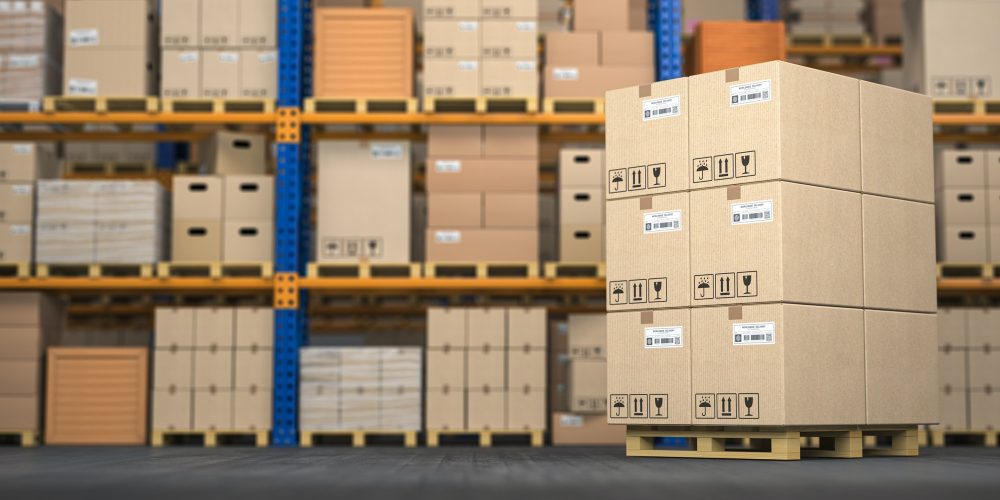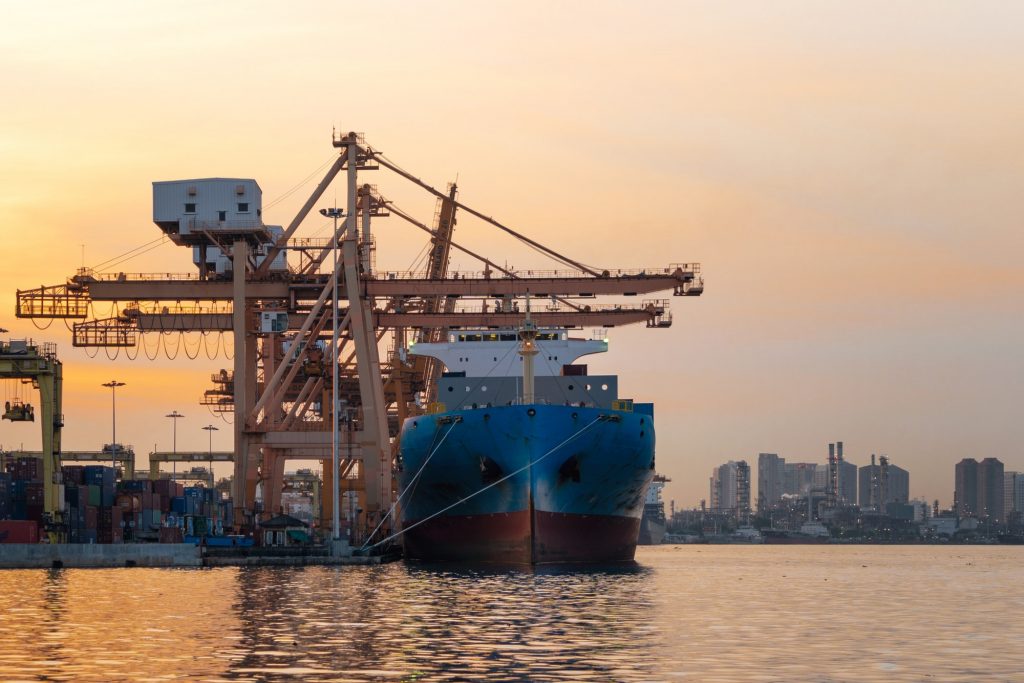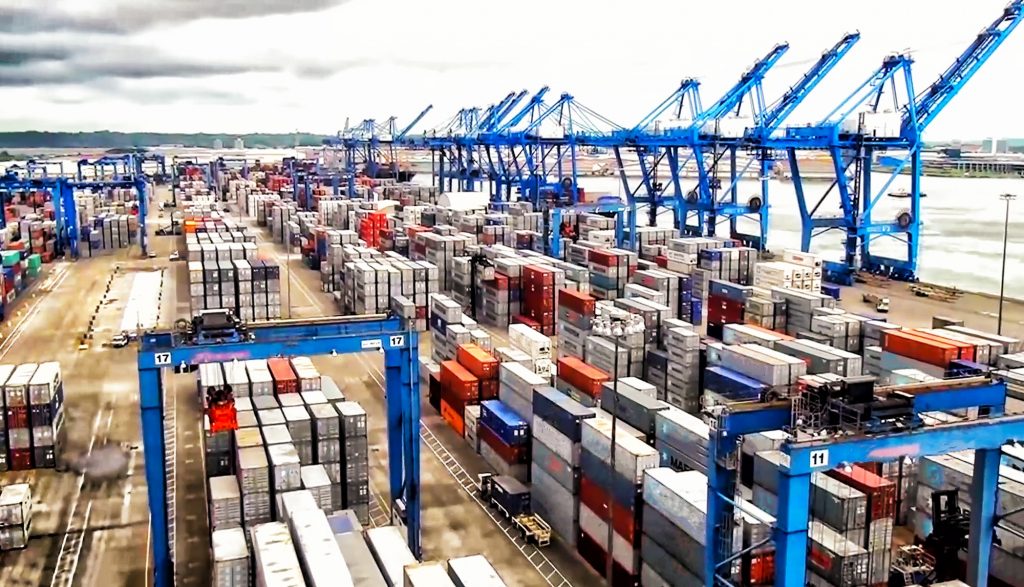Navigating Retail Supply Chain Challenges: Top 5 Issues and Solutions

Global supply chain operations servicing the retail industry have long been ever-changing and challenging spaces, constantly seeking out innovations and optimizations to better address consumer behavior. Today it seems like more and more challenges pose themselves in fulfilling consumer needs and supporting online and brick-and-mortar retail outfits. Today, we’ll break down the top 5 challenges and limitations in the retail supply chain and discuss their potential impact on the industry going forward.
Retail Supply Chain Challenges, Causes, & Solutions
| Challenge | Cause | Solution |
|---|---|---|
| Market Changes and Rising Costs | Shipping costs rise due to various factors, leading to supplier issues. | Focus on cost containment through agreements, technology, and strategy. |
| Scarcity | Disruptions in resource management and production operations. | Anticipate changes and build tolerances in the supply chain. |
| Labor Shifts | Recent trends in the labor market result in critically low manpower. | Strategic workforce management to address shortages. |
| Continued Need for Digitization | Advancements in technology require ongoing digitization efforts. | Pursue effective methods to manage digital systems and prioritize maintenance. |
| Consumer Volatility | Rapid shifts in consumer attitudes impacting spending behavior. | Maintain operational agility to accommodate unanticipated shifts. |
1. Market Changes Driven by Rising Costs
This is somewhat of a catch-all difficulty as many of the other challenges we’ll discuss contribute to this trend. As shipping costs rise due to a variety of factors, this burden can have a ripple effect throughout the Manufacturing and Logistics industries. All too often, retail outfits are finding long-standing suppliers with no fulfillment capabilities, management changes, or even closures due to the severe shift in their cost structures.
As such, there is a massive focus on containing costs through agreements, technology, and strategy. If the market cannot simply soak the added cost increases, then the market must change to better accommodate its consumers. These changes can be seen up and down the retail supply chain.
2. Scarcity
Normally when we discuss the idea of scarcity, it’s in relation to pricing structure. The relevant scarcity of primary materials impacts the wholesale and retail prices of goods across the board. However, today the conversation around scarcity has shifted from price fluctuation to an inability to fulfill.

Disruptions to resource management and production operations, no doubt precipitated in part by the COVID-19 pandemic, leave logistic outfits with no product to put in their orders and retailers with nothing to put on their shelves. Whereas some goods can address the shift in global supply by raising prices, like the recent uptick in lumber prices in 2021, other products are failing to return to normal levels due to secondary and tertiary products.
As scarcity continues to fluctuate, retailers will have to anticipate the changes and build tolerances in their supply chain to service customer expectations.
3. Labor Shifts
Recent trends in the labor market have left many outfits in the public and private sectors with critically low manpower. This worker shortage contributes to slowdowns in primary manufacturing operations, shipping, customs, and in-person retail locations. Couple this with a consumer base that is largely used to convenience and it can cause truly disastrous frustrations.
4. Continued Need for Digitization
The past decade has seen remarkable advancement in the technology employed in the greater retail supply chain. Consumers are better connected to unique products, convenient fulfillment options, and provide better data insights into their behavior. Logistics outfits have made strides in maintaining a lean supply chain, aided by equipment that can track more materials than ever.
However, innovation is notorious for its constant creep. Even when we get the latest equipment updated, we’re constantly looking towards the next tech hurdle. As more data becomes integrated into supply chain operations, more and more of the operation will be pushed towards digitization.
This will put the onus on those operations to pursue robust and effective methods to manage those digital systems. Just as much emphasis will be placed on maintenance as innovation.

5. Consumer Volatility
Every retail supply chain decision always leads back to forecasting for consumers and their behavior. Fulfilling on their needs and wants at proper margins is the method by which chains are measured against one another. While there is a plentiful amount of expertise and analytics surrounding this, it doesn’t always hold up when consumer attitudes rapidly change.
Ongoing upheaval and industry disruption can directly affect how consumers choose to spend their dollars. It’s important to take this into consideration. If an operation is so lean that it cannot accommodate an unanticipated shift in the consumer base, it stands to be harmed by that inflexibility when the market does shift. The importance of remaining agile cannot be understated given this factor
We hope this helps you understand the challenges in the retail supply chain.
Key Takeaways: Navigating Retail Supply Chain Challenges & Limitations
- Market Changes and Rising Costs: The retail supply chain faces a multifaceted challenge driven by escalating shipping costs and structural shifts in supplier dynamics. Adapting to these changes requires a comprehensive focus on cost containment through strategic agreements, technology integration, and operational adjustments.
- Scarcity and Disruptions: Beyond traditional concerns about pricing, the contemporary discourse on scarcity centers around an inability to fulfill orders. Disruptions in resource management, exacerbated by events such as the COVID-19 pandemic, impact logistics and leave retailers grappling with empty shelves. Anticipating and building tolerances for fluctuating scarcity is crucial for meeting customer expectations.
- Labor Shifts and Worker Shortages: A prevailing trend of labor shortages affects various sectors, contributing to slowdowns in manufacturing, shipping, customs, and retail operations. This scarcity of manpower, coupled with consumer expectations for convenience, poses challenges that necessitate strategic workforce management.
- Continued Need for Digitization: The retail supply chain has witnessed significant technological advancements over the past decade, enabling enhanced connectivity, unique product offerings, and valuable data insights. However, the relentless march of innovation necessitates an ongoing commitment to digitization. Supply chain operations must not only adopt cutting-edge technology but also prioritize robust maintenance and management of digital systems.
- Consumer Volatility and Agile Operations: Forecasts and analytics play a crucial role in retail supply chain decision-making, yet the challenge lies in addressing rapid shifts in consumer attitudes. Industry upheavals directly impact consumer spending habits, emphasizing the need for operational agility. Maintaining flexibility in the face of unforeseen changes in the market is essential for long-term success.
In summary, retailers navigating the current supply chain landscape must proactively address these challenges through a combination of strategic planning, technological adaptation, and a resilient approach to the dynamic nature of consumer behavior. Successful adaptation to these challenges will not only ensure the fulfillment of customer needs but also position businesses for sustained growth in an ever-evolving market.
Take A Look At Some Of The Products That We Service Or Repair
- HONEYWELL CK65 MOBILE COMPUTER
- ZEBRA MC9300 MOBILE COMPUTER
- ZEBRA ET51 MOBILE COMPUTER
- DATALOGIC 4500 HANDHELD SCANNER
- NCR REALPOS XR7 POS TOUCH TERMINAL
Retail Supply Chain Limitations FAQs</h2>
WHAT ARE SOME SUPPLY CHAIN CHALLENGES?
The Top Supply Chain Challenges for Shippers – Keeping transportation costs down. – Keeping up with customer/industry demands. – Sourcing consistent, reliable carrier capacity. – Keeping up with the latest technology solutions and demands. On-time pickup and delivery performance.
_faq html=”true” headline=”h2″ img=”” question=”WHAT IS SUPPLY CHAIN IN RETAIL?” img_alt=”” css_class=””] Your retail supply chain is the processes you use to get your products to your consumers. It encompasses everything from obtaining the raw materials to make your product to delivering that product into your shoppers’ hands. [/sc_fs_faq]
Increasing commodity prices raising the cost of raw materials. Higher labor costs from suppliers and manufacturers. Complex international logistics leading to higher charges for storage, transfer and management of products.
Biggest supply chain challenges worldwide 2017-2018. A 2018 survey found that the biggest challenge for global supply chain executives was visibility, with 21.8 percent of respondents selecting this response. Fluctuating customer demand was second, with 19.7 percent, while data management was lowest with 1.3 percent. WHAT IS THE MAIN CHALLENGE IN SUPPLY CHAIN MANAGEMENT?
WHAT IS THE BIGGEST CHALLENGE YOU ARE FACING IN YOUR SUPPLY CHAIN?